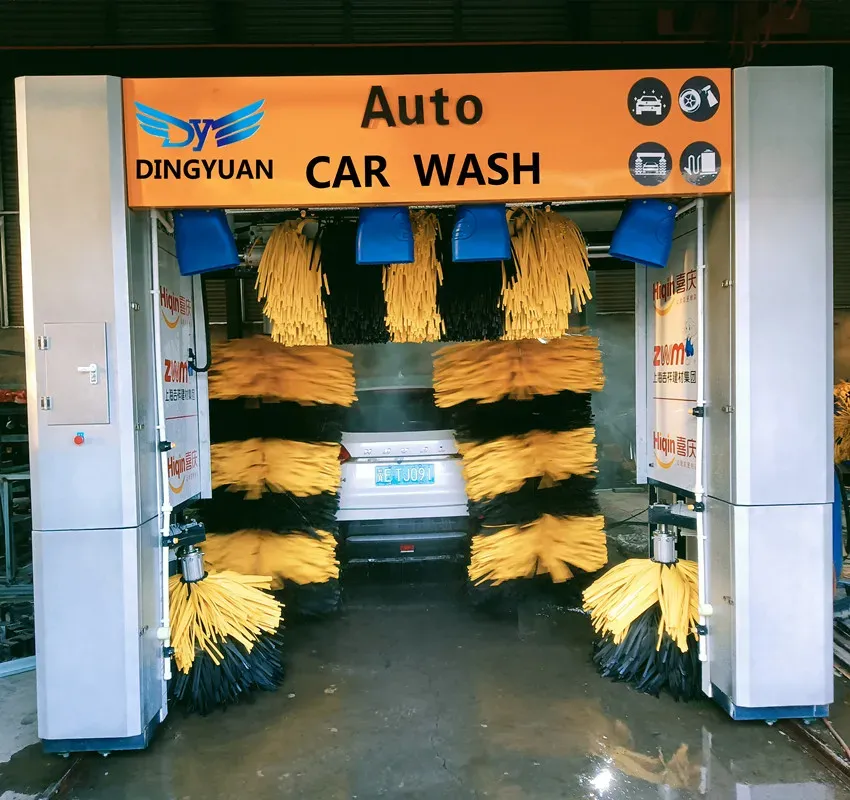
- Afrikaans
- Albanian
- Amharic
- Arabic
- Armenian
- Azerbaijani
- Basque
- Belarusian
- Bengali
- Bosnian
- Bulgarian
- Catalan
- Cebuano
- Corsican
- Croatian
- Czech
- Danish
- Dutch
- English
- Esperanto
- Estonian
- Finnish
- French
- Frisian
- Galician
- Georgian
- German
- Greek
- Gujarati
- Haitian Creole
- hausa
- hawaiian
- Hebrew
- Hindi
- Miao
- Hungarian
- Icelandic
- igbo
- Indonesian
- irish
- Italian
- Japanese
- Javanese
- Kannada
- kazakh
- Khmer
- Rwandese
- Korean
- Kurdish
- Kyrgyz
- Lao
- Latin
- Latvian
- Lithuanian
- Luxembourgish
- Macedonian
- Malgashi
- Malay
- Malayalam
- Maltese
- Maori
- Marathi
- Mongolian
- Myanmar
- Nepali
- Norwegian
- Norwegian
- Occitan
- Pashto
- Persian
- Polish
- Portuguese
- Punjabi
- Romanian
- Russian
- Samoan
- Scottish Gaelic
- Serbian
- Sesotho
- Shona
- Sindhi
- Sinhala
- Slovak
- Slovenian
- Somali
- Spanish
- Sundanese
- Swahili
- Swedish
- Tagalog
- Tajik
- Tamil
- Tatar
- Telugu
- Thai
- Turkish
- Turkmen
- Ukrainian
- Urdu
- Uighur
- Uzbek
- Vietnamese
- Welsh
- Bantu
- Yiddish
- Yoruba
pressure washing vehicle
Pressure Washing Your Vehicle A Guide to a Sparkling Clean
Keeping your vehicle clean is crucial, not only for aesthetic reasons but also for maintaining its value over time. One of the most effective methods to achieve a pristine finish is through pressure washing. This cleaning technique employs high-pressure water spray to remove dirt, mud, grime, and other debris from various surfaces, and when done correctly, it can rejuvenate your car, truck, or SUV. In this article, we will discuss the benefits of pressure washing your vehicle, how to do it properly, and the precautions you should take.
Benefits of Pressure Washing
1. Deep Cleaning Unlike traditional washing methods, pressure washing provides a deep clean that can penetrate hard-to-reach areas, such as wheel wells and undercarriages. This thorough cleaning helps eliminate dirt and contaminants that can lead to long-term damage or corrosion.
2. Time Efficiency Pressure washing is a quick way to get your vehicle clean. It requires less time than hand washing, making it ideal for busy individuals who do not have the luxury of spending hours washing their vehicles.
3. Environmental Friendliness Modern pressure washers are designed to use less water than a traditional hose and bucket method. Additionally, when combined with eco-friendly detergents, pressure washing can be a more sustainable option.
4. Prevention of Damage Regular cleaning can help preserve the paint and prevent rust. By removing harmful substances like salt and bird droppings, pressure washing contributes to the longevity of your vehicle.
The Pressure Washing Process
1. Gather Your Equipment Before you start, make sure you have the right equipment. You will need a pressure washer, a variety of nozzles (typically a 25-degree nozzle for general cleaning), a soap attachment, eco-friendly car soap, and a microfiber cloth for drying.
2. Preparation Before pressure washing, take your vehicle to a shaded area to avoid water spots caused by heat. Remove any loose items from the exterior and close all windows and doors tightly.
pressure washing vehicle

3. Initial Rinse Begin by using the pressure washer to rinse off any loose dirt and debris. Start from the top and work your way down, ensuring you do not damage sensitive areas like the mirrors or lights with a direct blast of high pressure.
4. Apply Soap Attach the soap dispenser to your pressure washer and apply a generous amount of eco-friendly car soap. Allow it to sit for a few minutes to break down grime.
5. High-Pressure Wash After allowing the soap to do its work, switch to a high-pressure nozzle and begin washing the vehicle again. Use a consistent motion, starting from the top and working your way down to ensure an even clean. Pay special attention to areas prone to dirt buildup, such as behind the wheels and around the bumper.
6. Rinse Thoroughly Once you’ve cleaned the vehicle with soap, rinse off all suds using the pressure washer, making sure to remove every trace of soap.
7. Drying Finally, use a microfiber cloth to dry your vehicle. This step is crucial in preventing water spots and ensuring a shiny finish.
Precautions to Consider
- Distance Matters Maintain a safe distance from the vehicle surface while pressure washing. Getting too close might damage the paint or other delicate finishes. - Right PSI Ensure the pressure washer is set to an appropriate PSI (pounds per square inch) for washing vehicles, typically between 1200 to 1900 PSI.
- Avoid Sensitive Areas Be cautious around sensitive areas such as the headlights, tail lights, and any decals or paint that may be vulnerable.
Conclusion
Pressure washing your vehicle is an efficient and effective way to keep it clean and maintain its value. By following the proper techniques and safety precautions, you can achieve a professional-like clean at home. With the right tools and a little time, your vehicle can sparkle like new, ready to hit the road in style!
-
Integrating Aqua Tunnel Car Wash in Shopping CentersNewsJun.24,2025
-
Gas Station with an Auto Car Wash MachineNewsJun.24,2025
-
Efficiency in Your Aqua Tunnel Car Wash: Power & Water-SavingNewsJun.24,2025
-
Car Wash Business with Advanced Auto Car Cleaning MachinesNewsJun.24,2025
-
Balancing Setup Costs with Aqua Tunnel Car WashNewsJun.24,2025
-
Aqua Tunnel Car Wash: Eco-Design for the Energy-Savvy EntrepreneurNewsJun.24,2025



